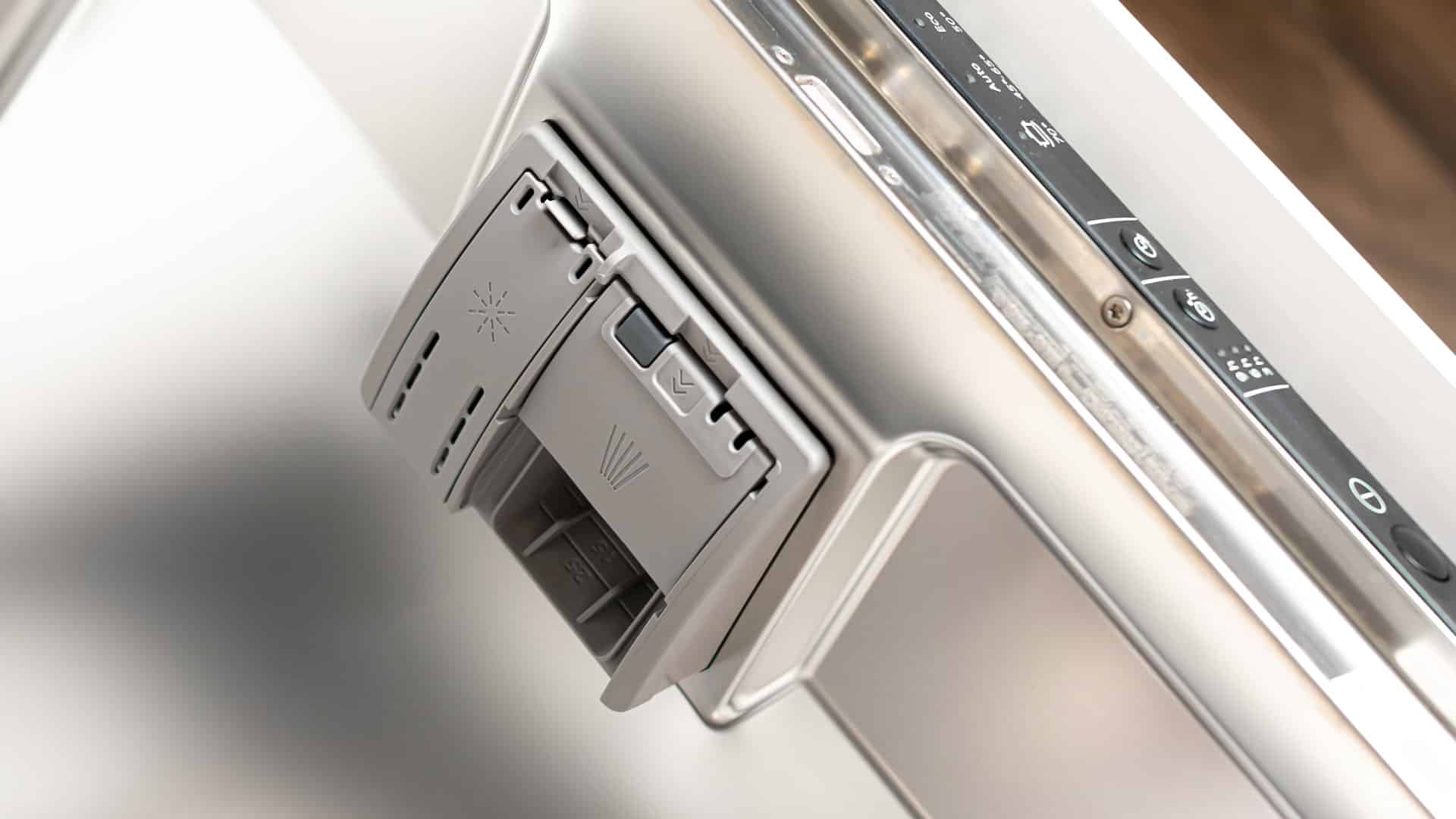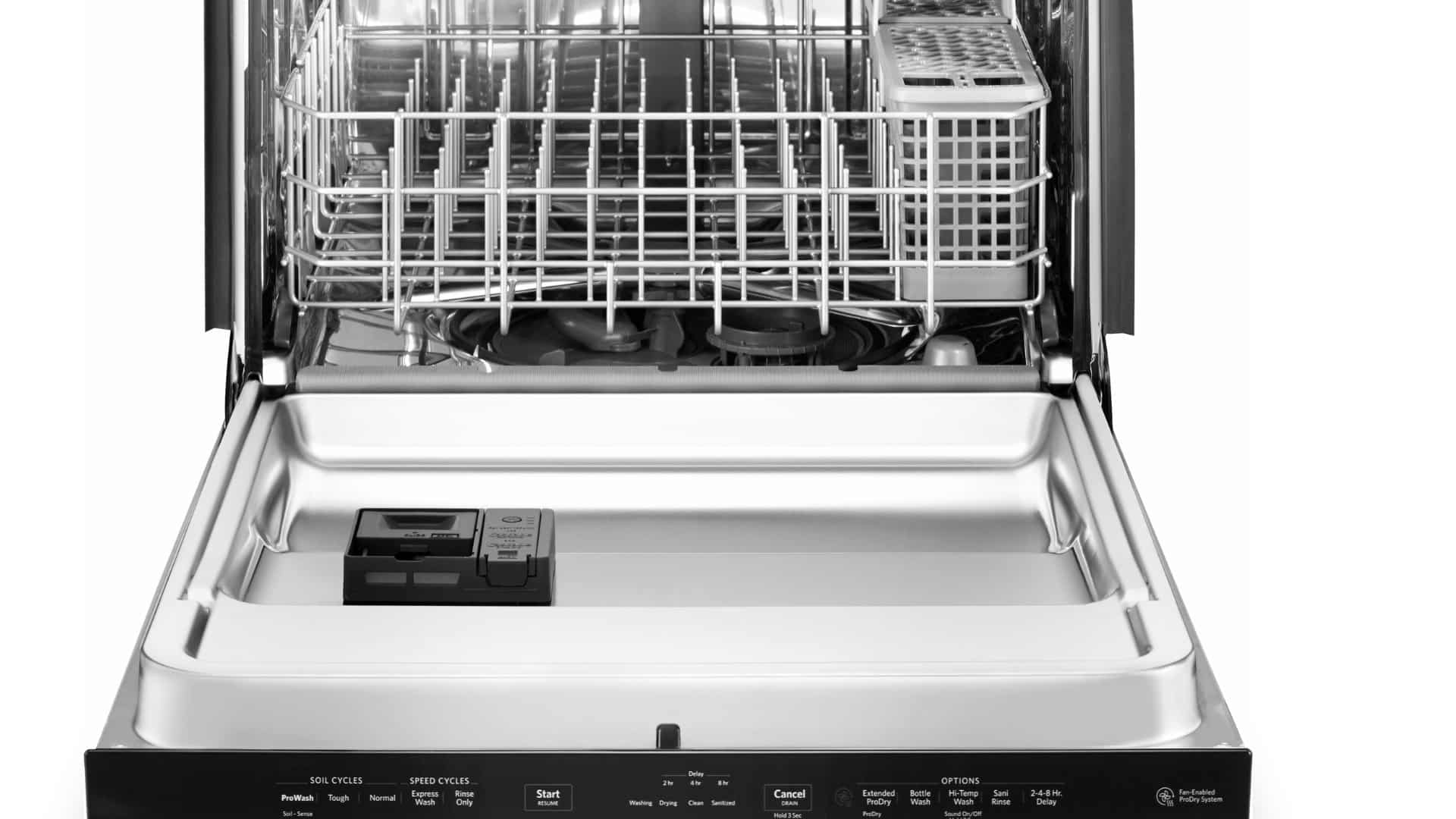
You walk into the kitchen ready to unload a dishwasher full of clean dishes, only to find that they are not clean at all.
Your dishwasher is not getting any water, somehow leaving your dishes dirtier than before. Don’t worry; this is a common issue that every dishwasher owner faces from time to time.
In this guide, we’ll provide you with simple steps to get the water flowing in your dishwasher again
Check the Water Supply
First things first, we’re going to check out the water supply. This is as simple as locating the shut-off valve under your sink. Now, this might seem basic, but it’s an easy thing to overlook.
Make sure this little lever is turned on and ready to supply water to your dishwasher. You’d be surprised how often this is the culprit!
Now, if you’ve ensured the valve is indeed on, but your dishwasher is still stubbornly dry, it’s time to roll up your sleeves a bit more. We’re going to have to remove the hose connected to the dishwasher.
To do this, you’ll need to disconnect the hose from the valve. Be careful and make sure to have a towel or bucket handy, just in case any residual water decides to escape.
Once you’ve successfully detached the hose, inspect it for any damage or obvious kinks. If the hose has been damaged or kinked, it will need to be replaced.
If the hose looks okay, check it for potential blockages. Sometimes, mineral build-ups or debris can clog the hose, preventing water from reaching your dishwasher. You can clear the hose by running water through it. Use your garden hose to do this.
Unblock the Inlet Valve
So, you’ve checked the water supply, and everything seems shipshape there. It’s time to move on to the next potential culprit—the inlet valve. This little component has a big job. It decides when and how much water gets to enter your dishwasher. But if the inlet valve is blocked or damaged, it can’t do its job properly, and the water can’t get it.
To investigate, we’ll need to remove the inlet valve. Before you start, remember to disconnect the power to your dishwasher. Then, locate the inlet valve (usually found at the bottom of the machine). You might need a screwdriver to help you remove it, depending on your dishwasher model.
Once you’ve got the valve out, give it a good once-over. Are there any obvious blockages? If so, it’s cleaning time. Use a small brush to gently clean away any debris. A toothbrush works great for this—just make sure it’s not one you’re planning to use later!
If your inlet valve isn’t clogged but still seems a bit worse for wear, it might be damaged. In this case, you’ll need a replacement. These are usually easy to find online or at your local hardware store. Just make sure you get the right one for your specific dishwasher model.
Check the Float
As the water level in the dishwasher rises, so does the float. When the water reaches the right level, the float stops the inflow of water. But if the float gets stuck or suffers damage, no water will enter the dishwasher.
To check the float, you’ll need to open your dishwasher and locate it—it’s usually a small plastic or styrofoam dome or cylinder found at the bottom of the machine. Give it a gentle push up and down. It should move freely with no resistance. If it’s stuck, try giving it a good clean—sometimes, bits of food or other debris can jam it up.
If the float moves smoothly, but your dishwasher still refuses to fill, take a closer look for any signs of damage. Cracks, chips, or other damage to the float could be causing the problem. If you discover that your float has seen better days, it’s time for a replacement.
Unclog the Spray Arms
So, you’ve determined that the water supply and inlet valve are in working order. Next on our list of potential culprits is the spray arms.
The spray arms’ job is to distribute water evenly over your dishes. However, they can’t do their job effectively if they’re clogged with food debris or mineral deposits.
Finding the spray arms is your first task. Once you’ve opened your dishwasher, they should be easy to spot—they’re typically located at the top and bottom of your machine.
Depending on your dishwasher model, removing the spray arms might require a little effort. Consult your dishwasher manual for exact instructions on how to do this.. Make sure to keep any screws or small parts safe so you can put everything back together correctly.
After you’ve got the spray arms out, inspect the holes closely. If they’re blocked with debris, you’ve found your problem.
Cleaning them is a breeze. A toothpick or a piece of wire works wonderfully to dislodge any stubborn bits. Then, rinse them under warm water to wash away any leftover debris.
If you notice mineral deposits that seem to be clinging on, soaking the spray arms in a mixture of white vinegar and warm water will do the trick.
Once the spray arms are sparkling clean, it’s time to reattach them. Ensure they’re securely in place and spinning freely.
By unclogging the spray arms, you’re giving your dishwasher a new lease on life. It’s a small task but could make a big difference.
Check the Pump
The last step in fixing a dishwasher not getting water is to check the pump. The pump circulates water throughout the dishwasher, but if it’s damaged or clogged, it will not let water flow in. To repair the pump, you’d have to go inside the dishwasher. It’s best to call a repair technician to help complete this repair.
A dishwasher not getting water can be a frustrating issue, but with these simple steps, you’ll likely be able to fix it yourself. Remember to check the water supply, unblock the inlet valve, check the float, unclog the spray arms, and check the pump. Don’t let a malfunctioning dishwasher ruin your day—fix it yourself and enjoy sparkling clean dishes once again!
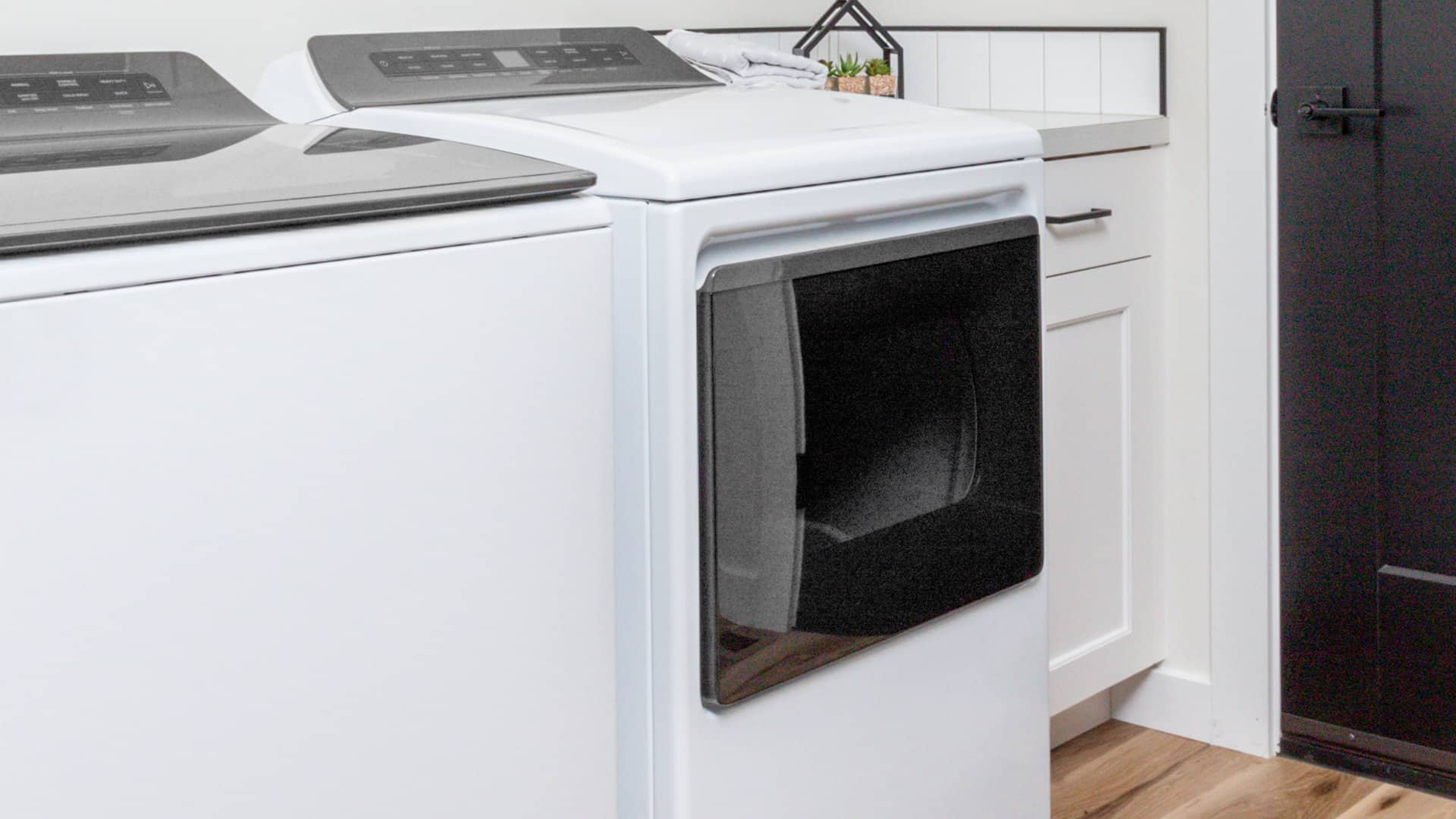
How To Fix a Whirlpool Washer F20 Error Code

How to Fix a Dishwasher Not Getting Water: The Ultimate Guide
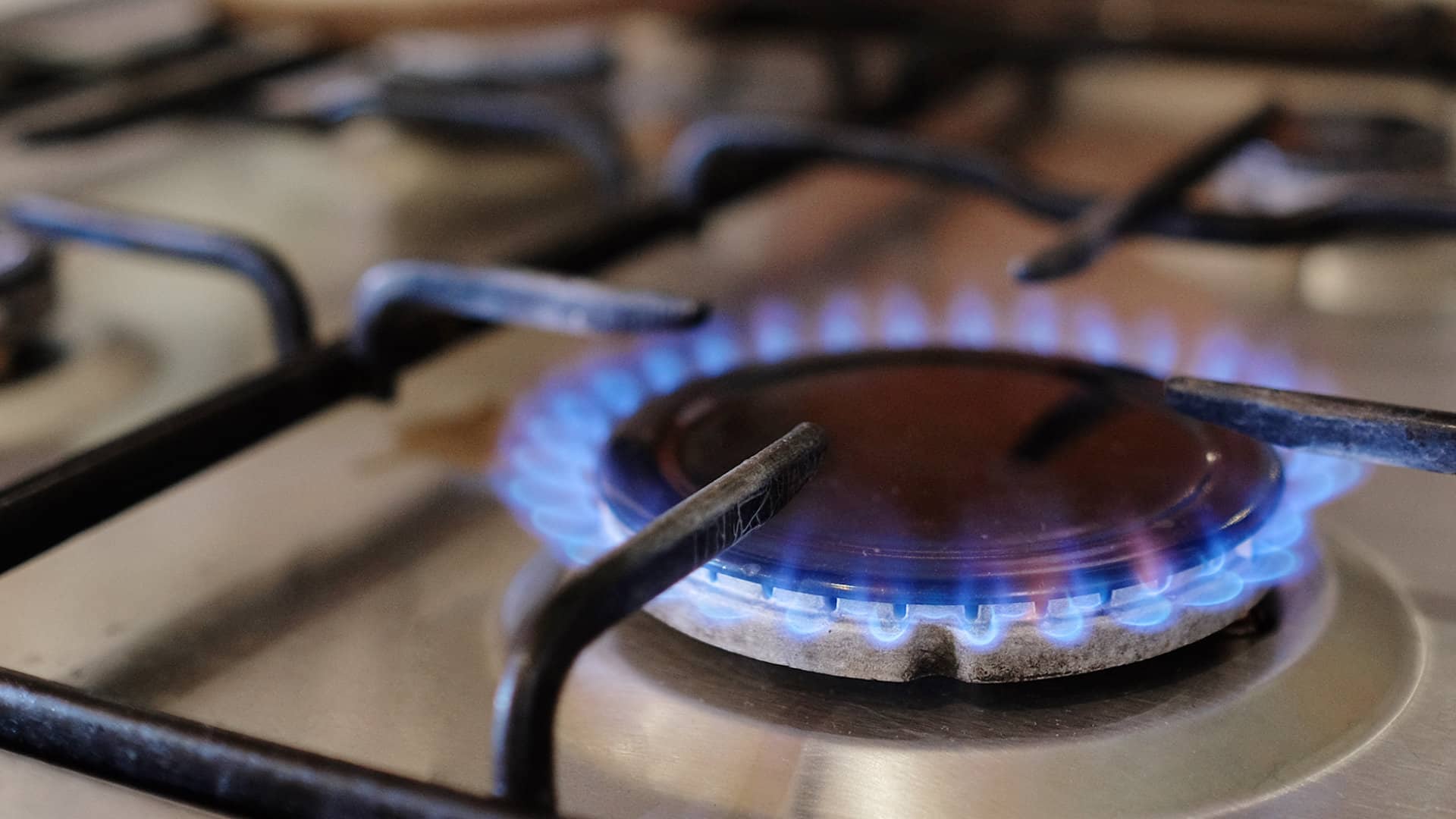
How to Solve the Frigidaire Stove F10 Error Code
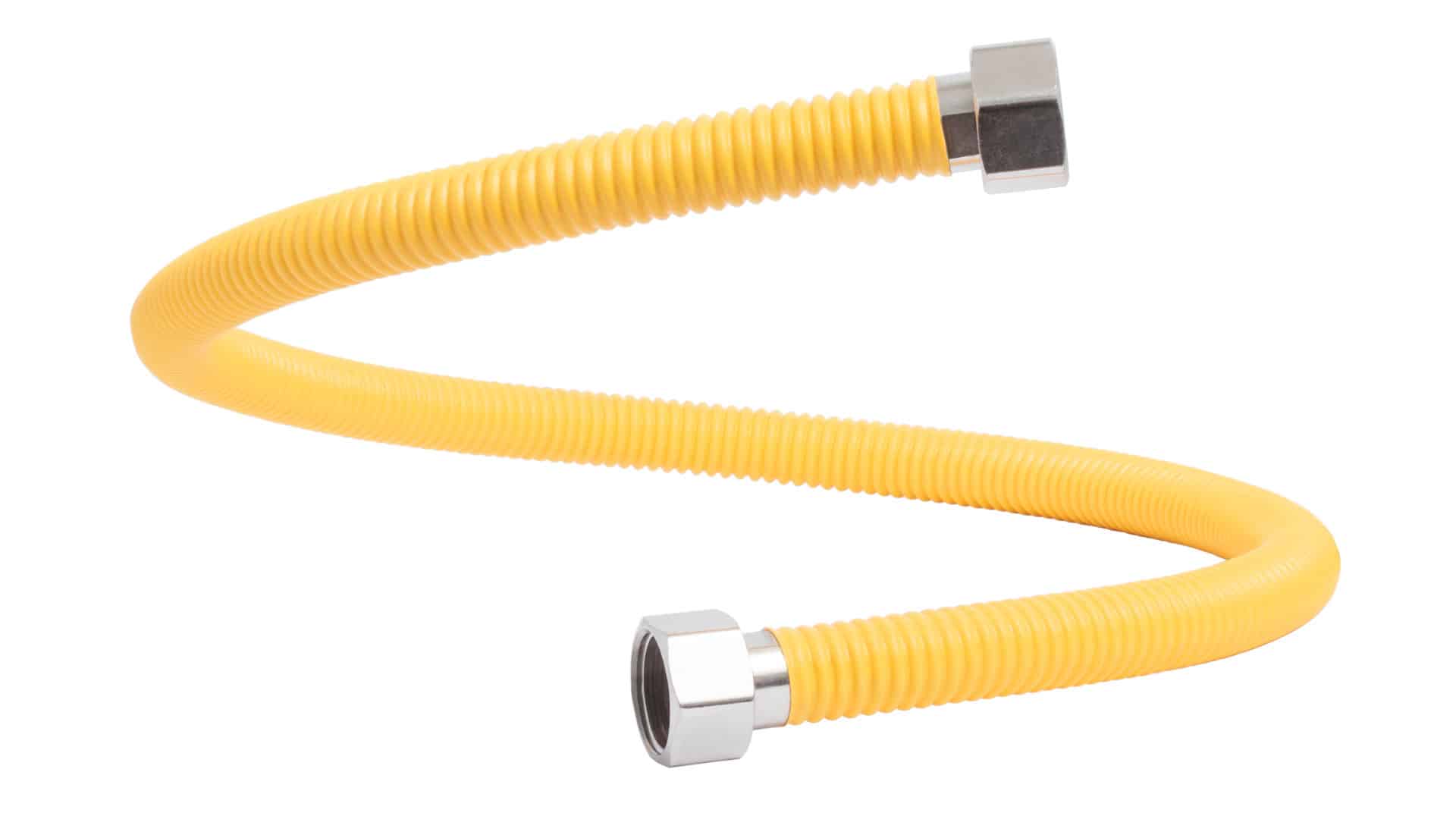
How to Hook up a Gas Dryer
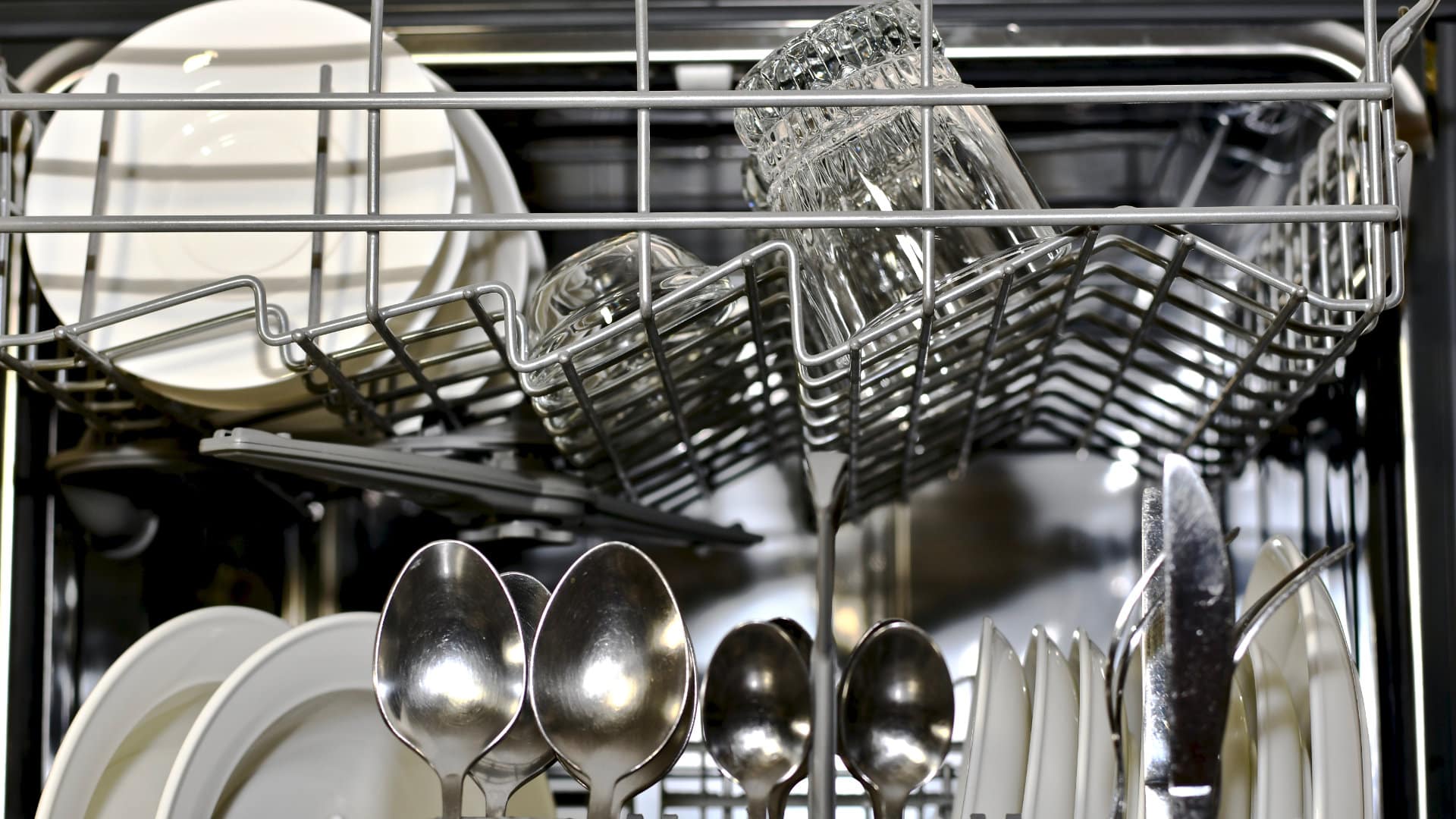
Dishwasher Not Cleaning Top Rack? How to Fix It
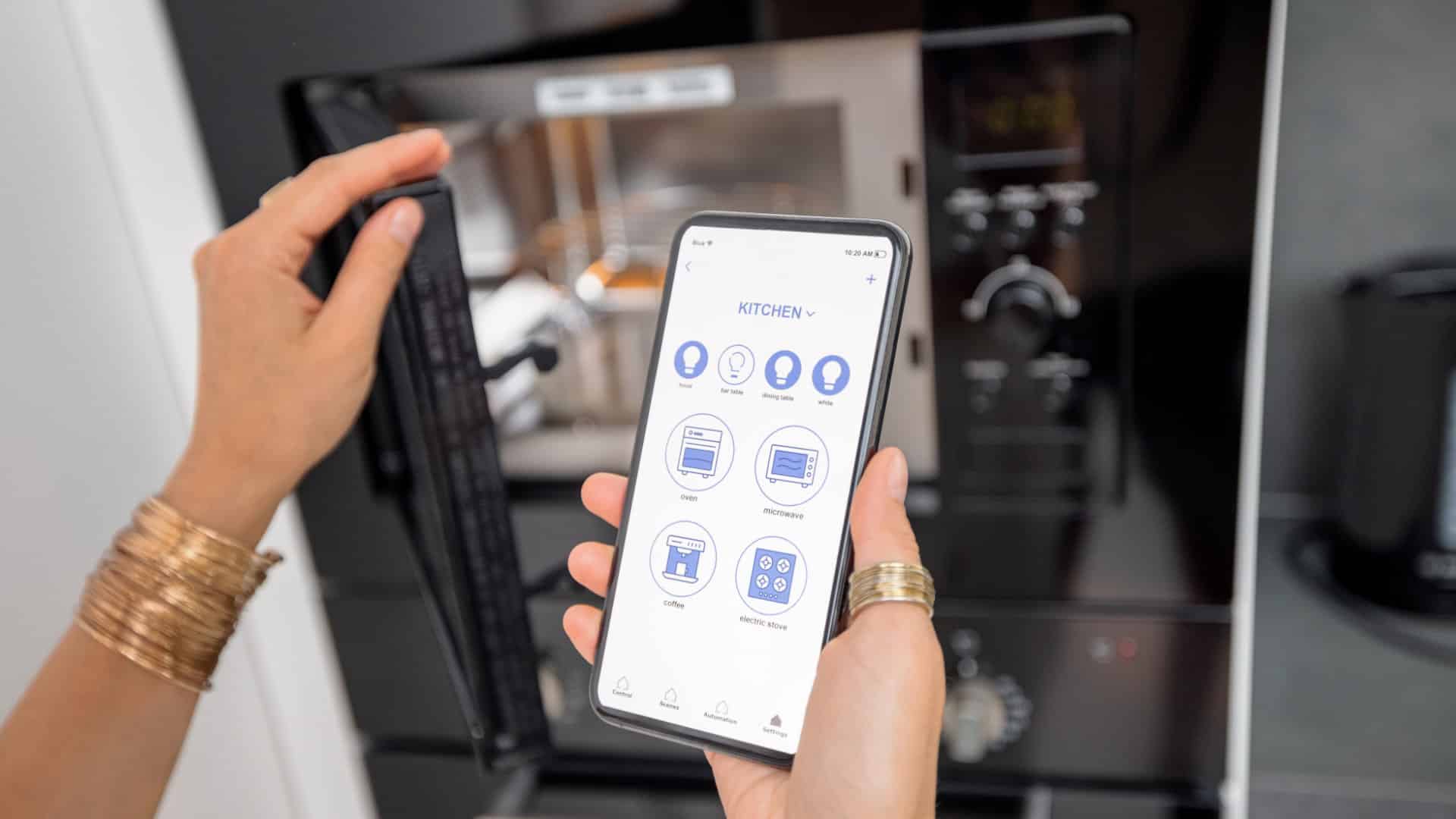
Why Your Microwave Is Making Weird Noises
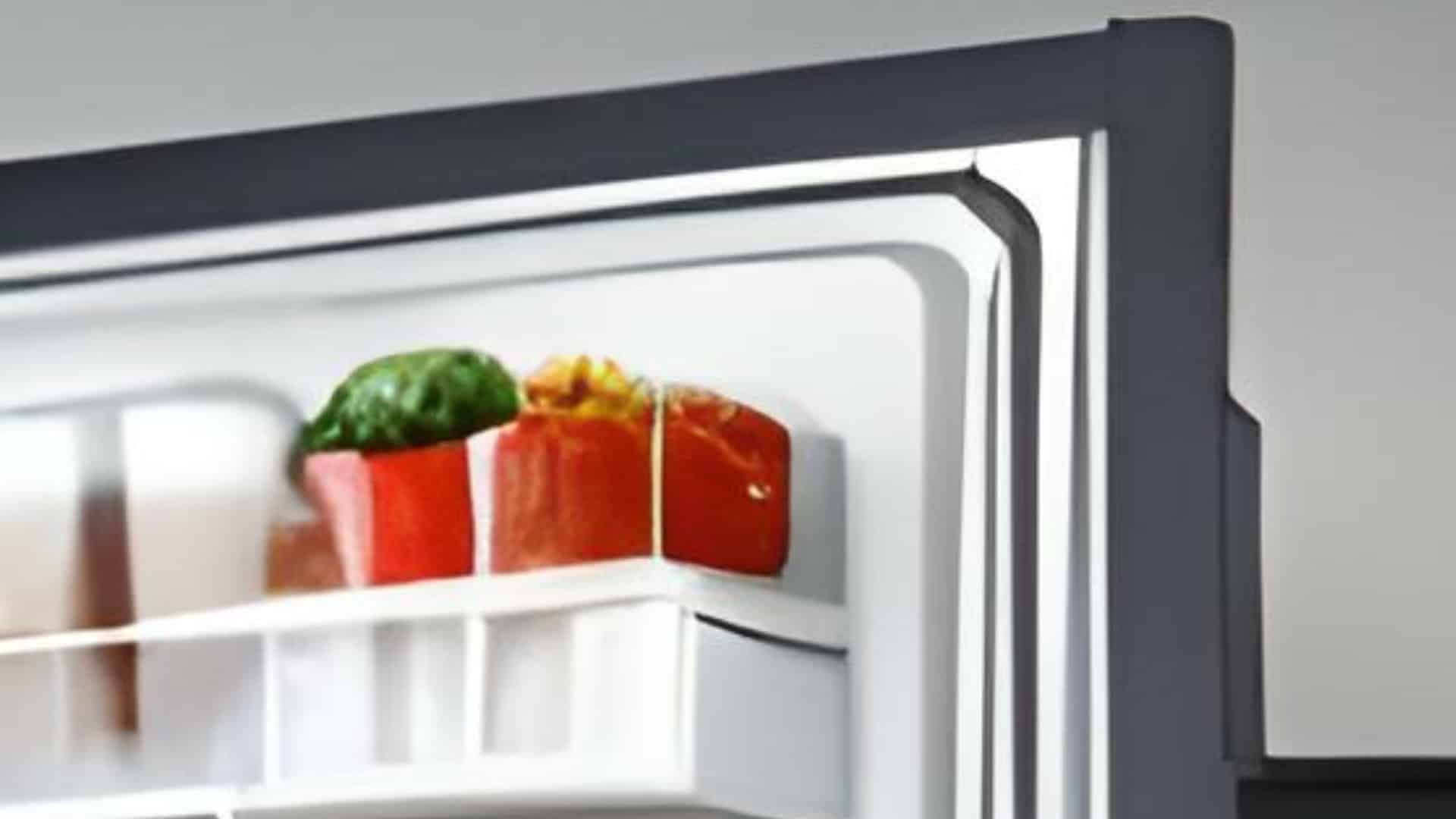
How to Replace a Refrigerator Door Seal
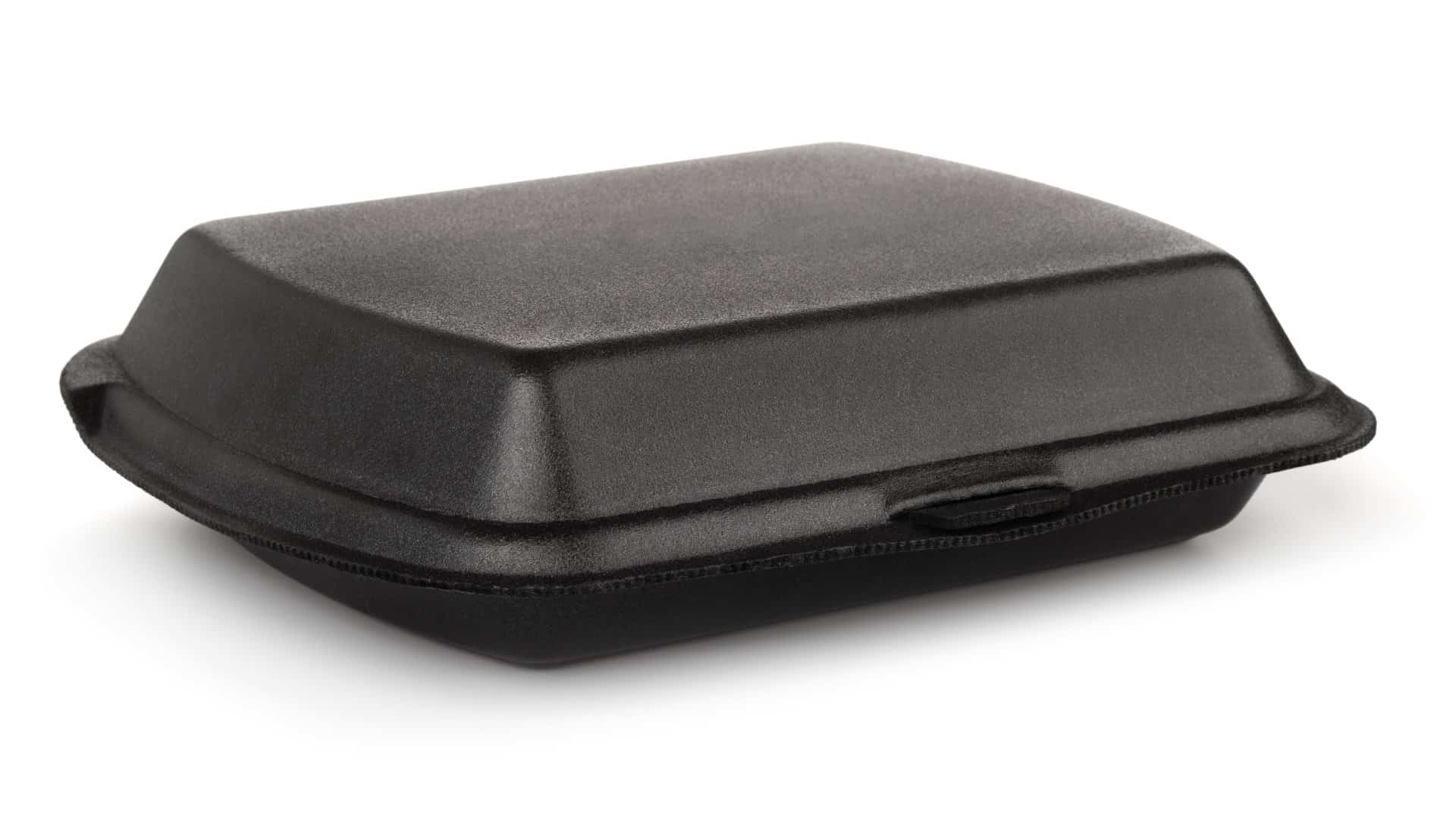
Can You Put Styrofoam in the Microwave?
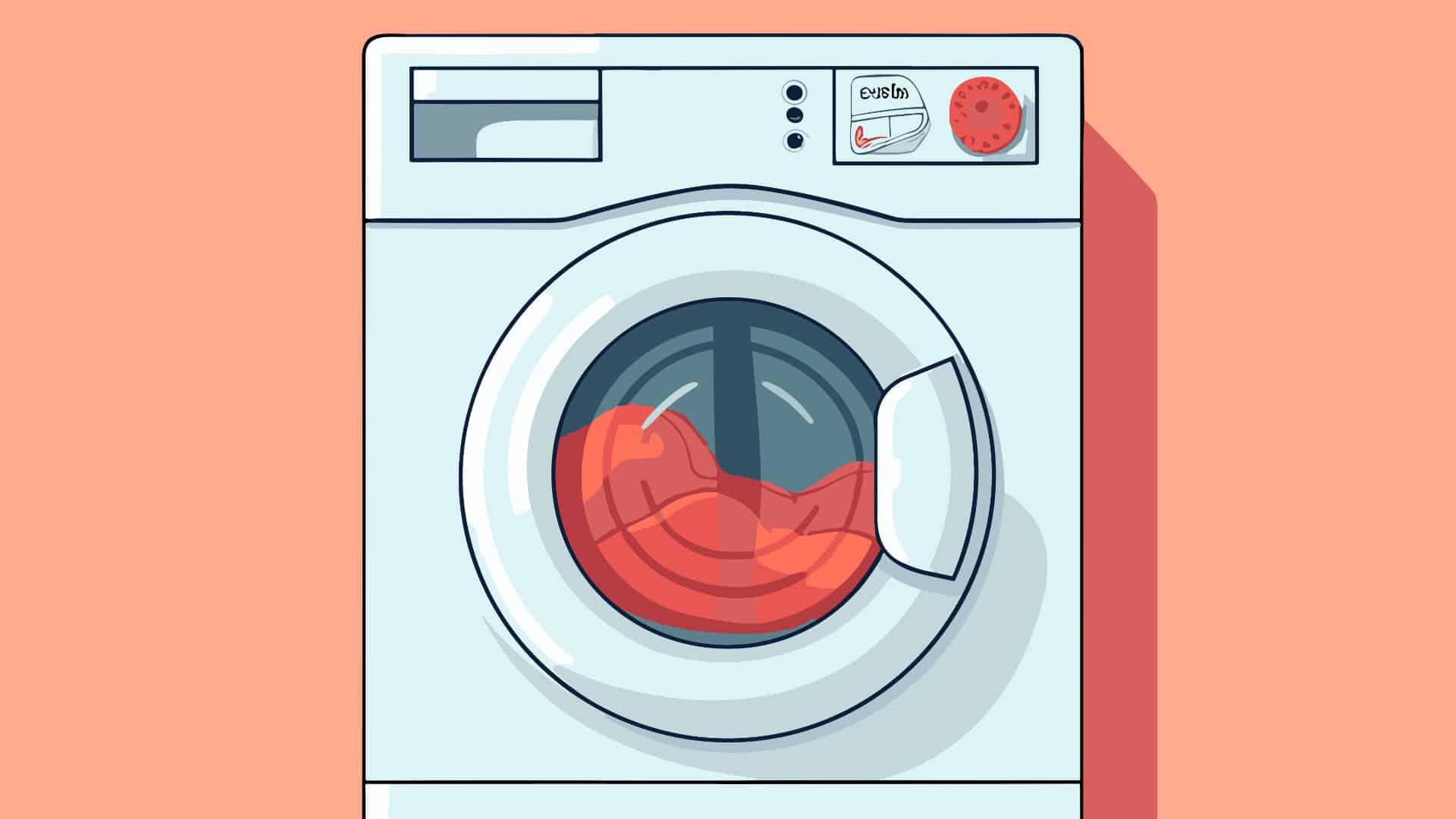
How to Resolve Whirlpool Washer E1/F9 Error Codes
